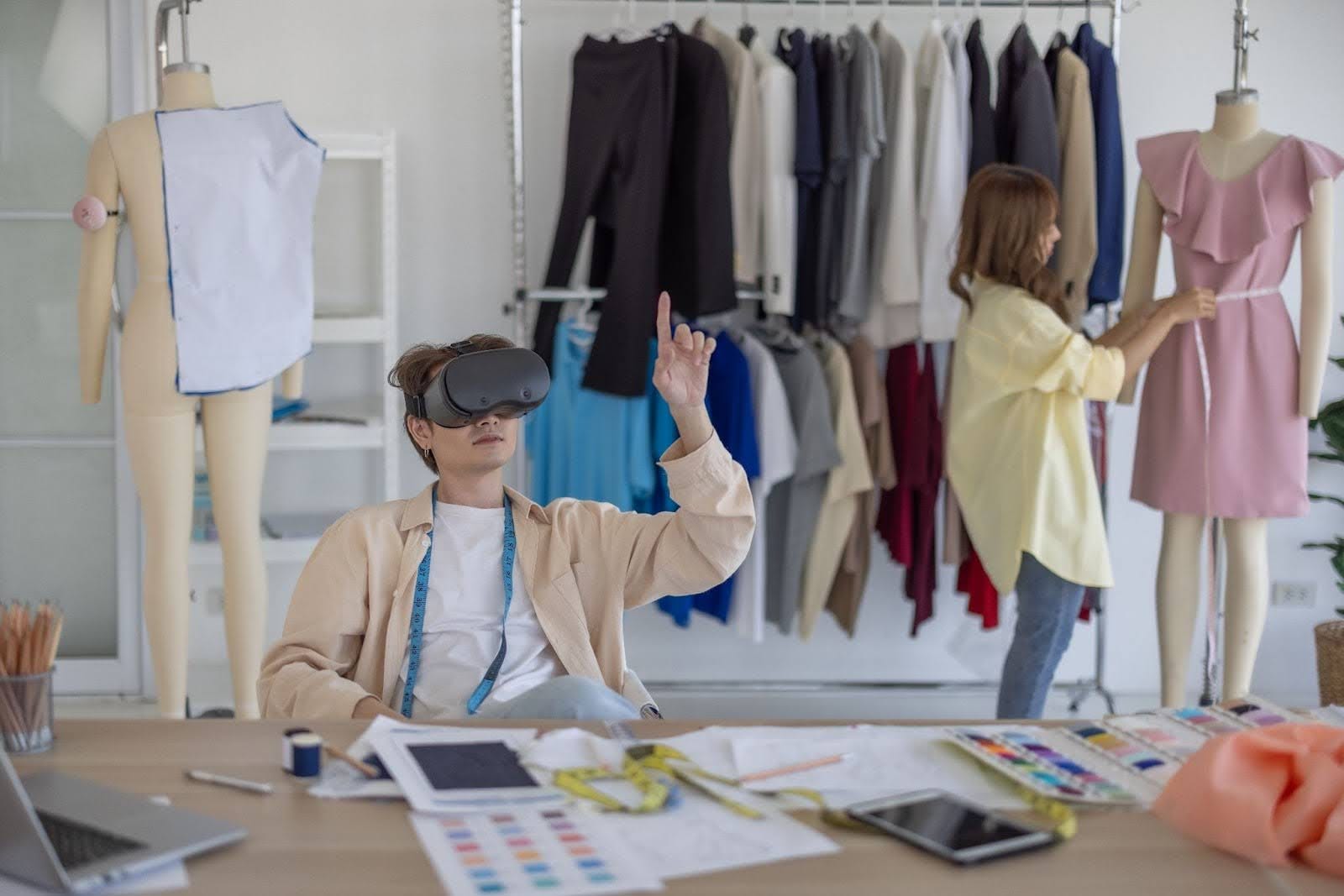Enhancing Brand Storytelling with AR: An Innovative Approach
In the Era of the modern world, brands are constantly exploring new ways to engage their audiences in Traditional methods of storytelling, while effective, often lacking the immersive quality needed to be impressed by modern consumers. Augmented Reality (AR) is a groundbreaking technology reshaping how brands convey their messages. AR brings stories to life through interactive, visually appealing, and memorable experiences that create a deeper connection with customers.
Why AR Is the Future of Brand Storytelling?

Immersive Customer Engagement
Unlike static advertisements or videos, AR allows consumers to engage with content dynamically. Imagine a user scanning a product's packaging with their phone and instantly accessing a 3D animation that narrates the product’s story or showcases its features. Such interactions transform passive viewers into active participants, leaving a lasting impression.
For instance, a skincare brand could use AR to let customers visualize how a cream works on their skin, breaking down complex product benefits into an engaging, digestible format.
A Personal Touch for Every Consumer
AR thrives on personalization. By integrating data-driven insights, brands can tailor AR experiences to meet individual preferences. For example, an automotive company could create an AR showroom where potential buyers visualize themselves behind the wheel of a car. Similarly, retail brands can let customers virtually try on clothes, accessories, or even furniture before making a purchase decision.
This level of personalization builds trust and drives conversions, especially in industries like fashion, home décor, and automotive.
Bridging the Physical-Digital Divide
Augmented Reality seamlessly blends the physical and digital worlds, making it perfect for brands aiming to enhance their inter-channelling strategies. AR experiences can be triggered by physical objects such as packaging, billboards, or magazine ads or digital touchpoints like social media filters and mobile apps.
This convergence allows brands to reach audiences wherever they are, creating cohesive and compelling campaigns.

Best Practices for Integrating AR into Brand Storytelling
To create impactful AR campaigns, brands must adopt a strategic approach
Keep It User-Centric
Always design AR experiences with the end user in mind. Focus on adding value rather than overwhelming users with flashy graphics. For instance, a home improvement brand can use AR to show customers how a new paint color would look in their room, solving a genuine problem.
Simplify Access
The easier it is to access an AR experience, the higher its adoption rate. Avoid requiring users to download heavy apps; instead, leverage web-based AR or integrate experiences into existing social platforms.
Prioritize Quality Content
While AR is technical, it’s the storytelling that truly resonates. Invest in high-quality visuals, compelling narratives, and seamless interactivity to keep users engaged.
Focus on Analytics
Track user engagement with AR campaigns to gather insights into what’s working and what isn’t. Metrics such as dwell time, interaction rates, and conversion rates provide actionable feedback for refining future campaigns.
Challenges and How to Overcome Them
Despite its potential, AR isn’t without challenges. Here’s how brands can navigate them:
Technical Barriers
Developing AR experiences can be resource-intensive, requiring skilled developers and designers. Brands can overcome this by partnering with specialized agencies or leveraging AR development platforms that simplify the process.
User Adoption
Not all consumers are familiar with AR, leading to hesitation in engaging with such content. Clear instructions and automatic designs can help bridge this gap, ensuring even first-time users enjoy the experience.
Cost Concerns
While AR campaigns can be expensive, they offer a significant return on investment when executed well. Start small campaigns and scale based on performance metrics.
Future Trends in AR Brands' Storytelling
The evolution of AR is far from over. Here’s what the future holds
AI-Powered AR
The integration of Artificial Intelligence with AR will unlock even greater personalization. AI can analyze user behavior in real time to adapt AR content dynamically, making experiences more relevant and engaging.
AR in the Metaverse
AR will play a pivotal role in creating immersive environments where brands can interact with consumers in entirely new ways as the metaverse gains traction. Virtual stores, interactive events, and gamified campaigns will dominate the marketing landscape.
Gesture-Based Interactions
Advancements in AR hardware will soon enable gesture-based interactions, removing the need for screens. Users could interact with holographic content using hand movements, making AR storytelling even more intuitive.
Final Thoughts
Incorporating AR into brand storytelling is no longer a futuristic concept; it’s a present-day reality driving tangible results across industries. By making stories interactive, personal, and memorable, AR enhances the way brands connect with their audiences.
For creative agencies, tech enthusiasts, and marketing managers, the time to invest in AR is now. Whether it’s crafting an immersive product demo, creating a virtual showroom, or enhancing in-store experiences, AR opens up endless possibilities to elevate your brand and stay ahead in a competitive market.
Comments
Your comment has been submitted successfully!